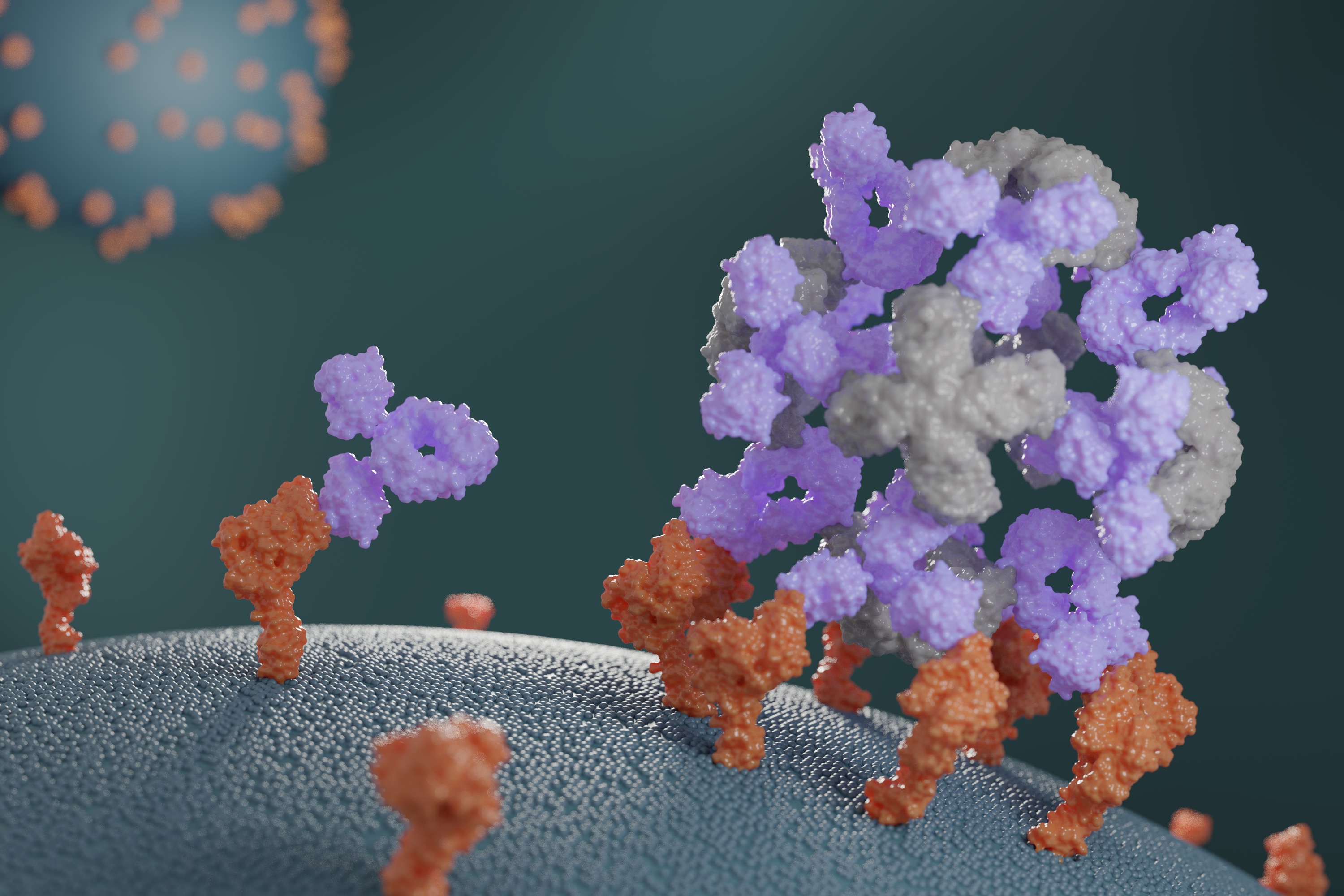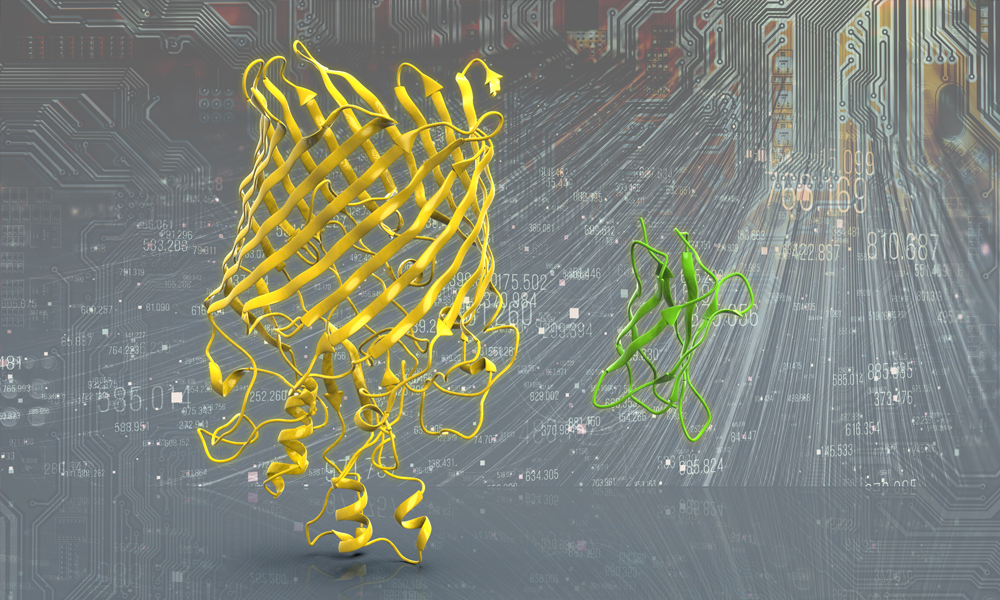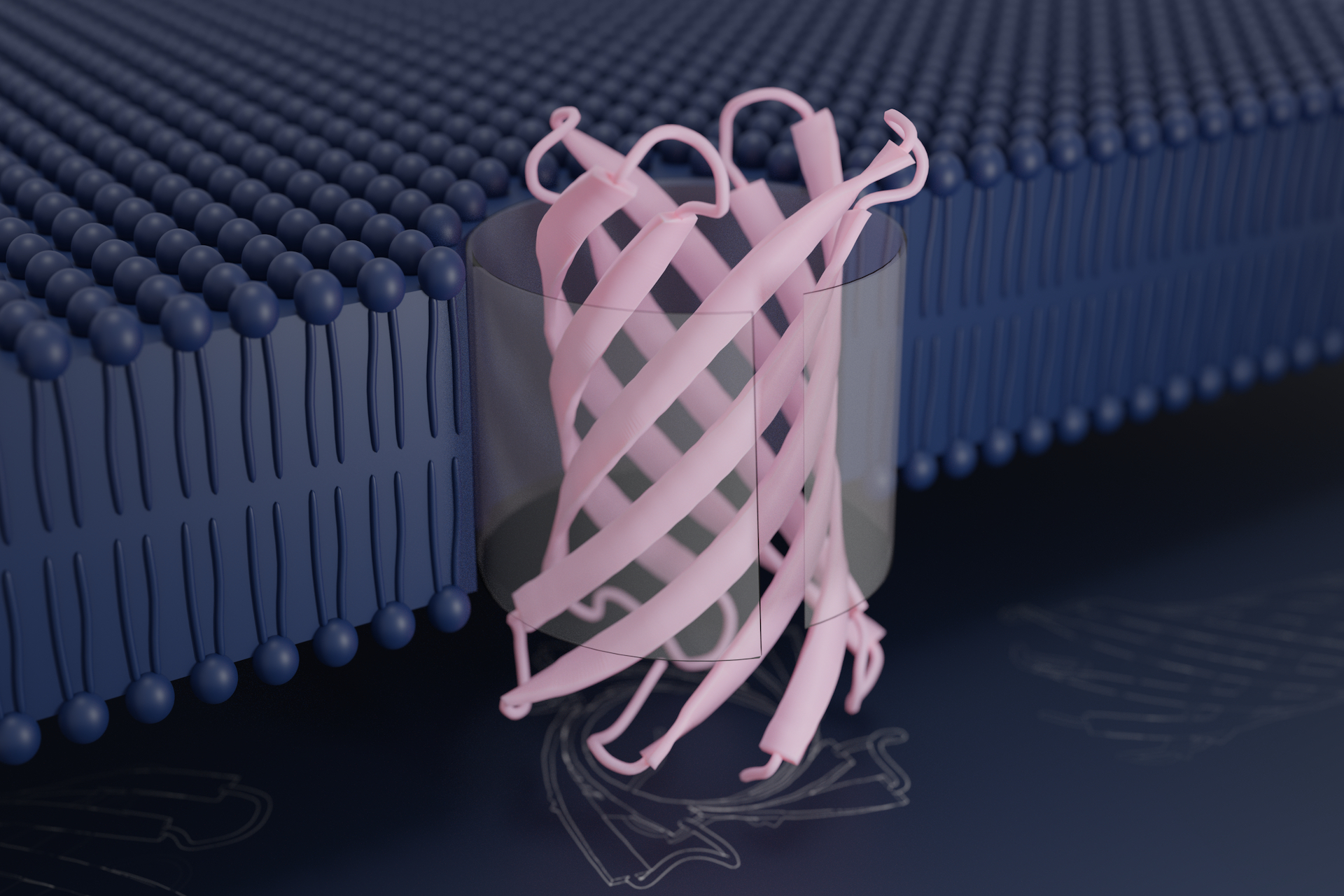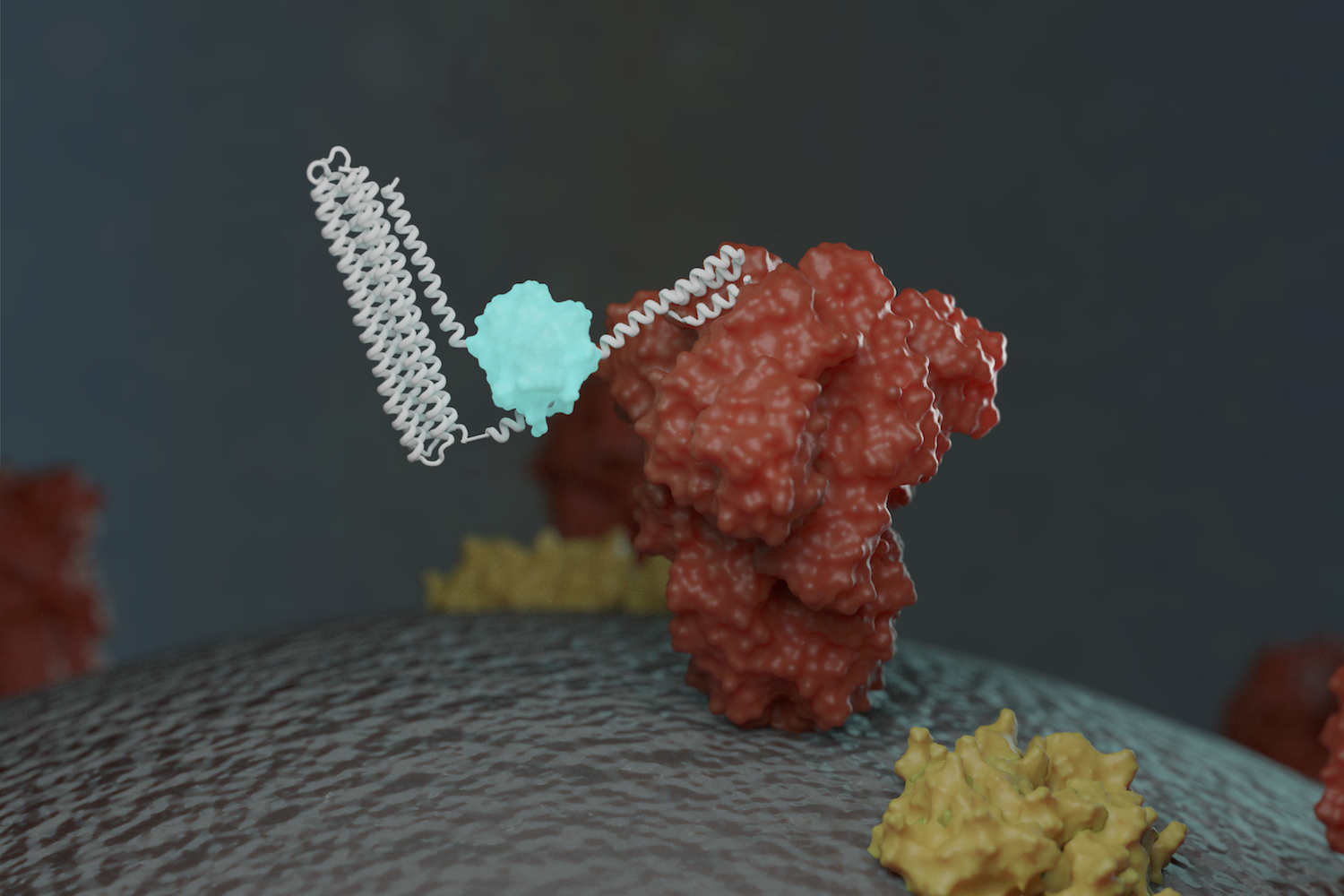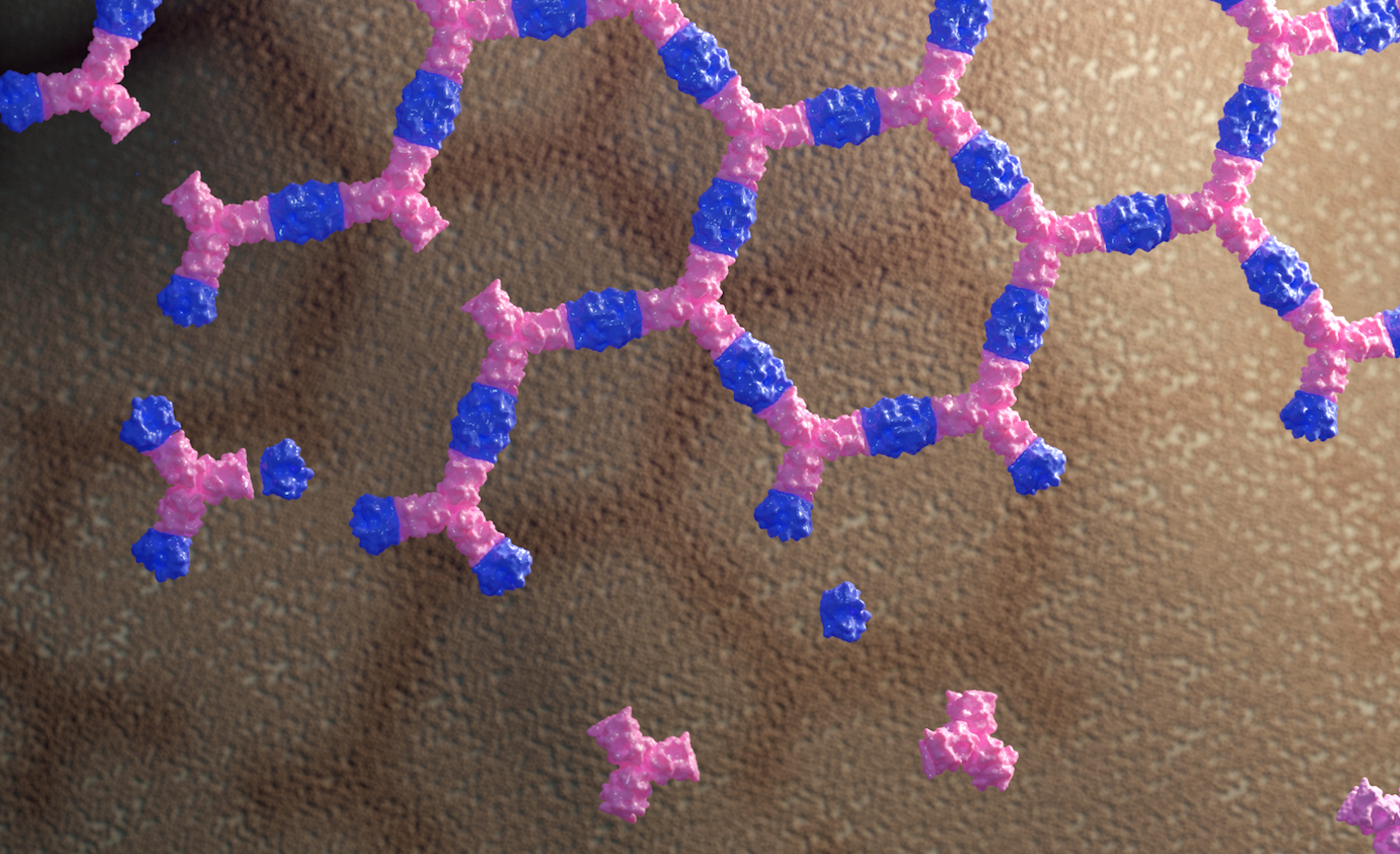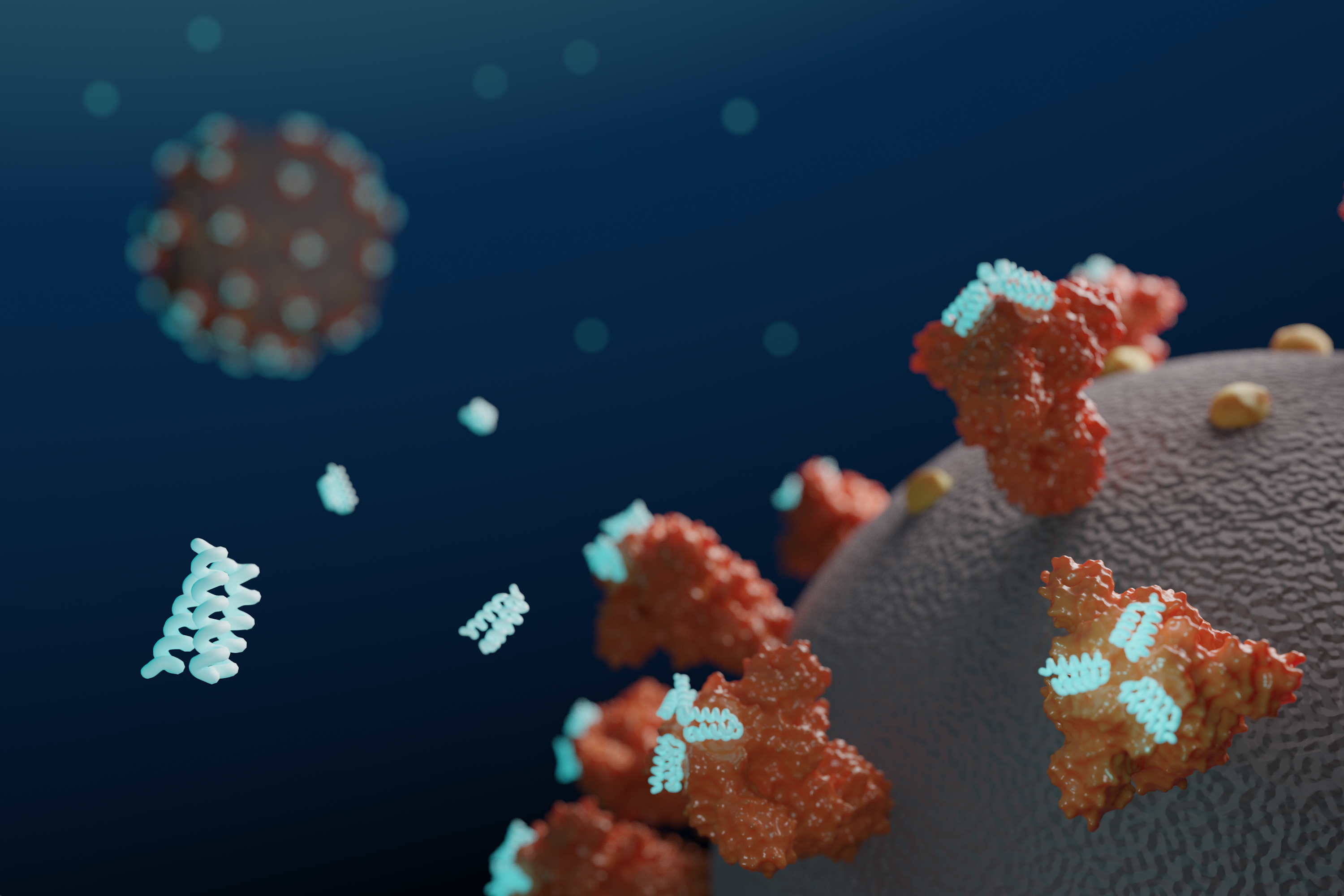-
Designed proteins assemble antibodies into modular nanocages
This week we report the design of new proteins that cluster antibodies into dense particles, rendering them more effective. In laboratory testing, such clustered antibodies neutralize COVID-19 pseudovirus, enhance cell signaling, and promote the growth of T cells more effectively than do free antibodies. This new method for enhancing antibody potency may eventually be used…
-
A deep learning approach to protein design
Together with scientists at the Ovchinnikov lab at Harvard, we have applied deep learning to the challenge of protein design, yielding a new way to quickly create protein sequences that fold up as desired. This breakthrough has broad implications for the development of protein-based medicines and vaccines. Computational protein design has primarily focused on finding amino acid…
-
trRosetta yields structures for every protein family
The field of protein structure prediction has greatly advanced in recent years thanks to increasingly accurate deep-learning methods. A new such method, called trRosetta developed at the Institute for Protein Design, has now made thousands of protein structures available via EMBL-EBI’s Pfam and InterPro data resource. More than 6300 protein structures have been predicted in this way and are now available…
-
De novo design of transmembrane beta barrels
In a milestone for biomolecular design, a team of scientists has succeeded in creating new proteins that adopt one of the most complex folds known to molecular biology. These designer proteins were shown in the lab to spontaneously fold into their intended structures and embed into lipid membranes. Appearing in the journal Science [PDF],…
-
De novo design of modular protein biosensors
This week we report [PDF] a new way to detect the virus that causes COVID-19, as well as antibodies against it. We have created protein-based sensors that glow when mixed with components of the virus or specific antibodies. This breakthrough could enable faster and more widespread testing in the near future. To directly detect key proteins that make up…
-
Biologically active 2D arrays
Today we report the design of a new class of protein material that interacts with living cells without being absorbed by them. These large, flat arrays built from multiple protein parts can influence cell signaling by clustering and anchoring cell surface receptors. This breakthrough could have far-reaching implications for stem cell research and enable the…
-
De novo minibinders target SARS-CoV-2 Spike protein
Today we report in Science [PDF] the design of small proteins that protect cells from SARS-CoV-2, the virus that causes COVID-19. In experiments involving lab-grown human cells, the activity of the lead antiviral candidate produced (LCB1) was found to rival that of the best-known SARS-CoV-2 neutralizing antibodies. LCB1 is currently being evaluated in rodents. This…
-
Selective ion channels designed from scratch
This week we report in Nature [PDF] the design of new transmembrane proteins that allow cells to take in certain chemicals, including charged ions and larger fluorescent molecules. This research could enable new forms of drug delivery and allow for better control over the electrical activity of living cells. All cells are studded with tiny protein…
